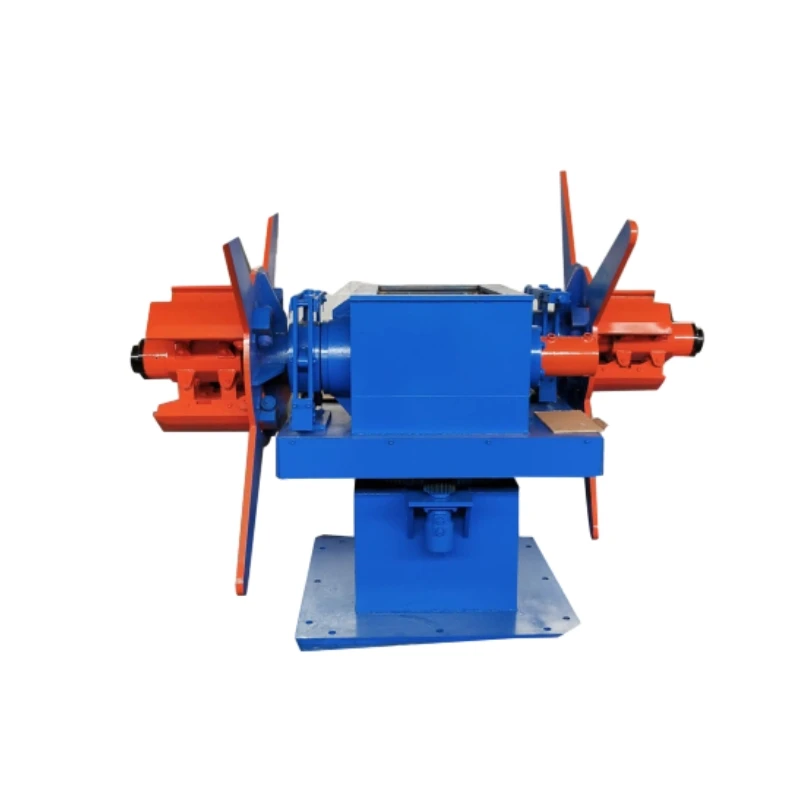Shear Brake and Roll Machines for Precision Metal Fabrication Solutions
Understanding Shear, Brake, and Roll Machines in Metal Fabrication
In the world of metal fabrication, shear, brake, and roll machines are essential tools that enable manufacturers to modify metal sheets into various shapes and sizes. Each of these machines serves a specific purpose and plays a critical role in the overall metalworking process. Understanding how these machines operate and their applications can significantly enhance the efficiency and quality of production in various industries.
Shear Machines
Shear machines are designed for cutting metal sheets and plates with precision. They utilize a sharp blade that exerts a shearing force on the material to create clean cuts. Shearing is particularly useful for producing straight edges and uniform shapes from large sheets of metal, which can then be further processed.
There are different types of shear machines available, such as mechanical, hydraulic, and pneumatic shears. Hydraulic shears, for example, are well-known for their capacity to cut through thicker materials while maintaining a high level of accuracy. They offer excellent power control, allowing operators to adjust the cutting force according to the thickness and type of metal being processed.
The effectiveness of shear machines not only depends on their design but also on the quality of the blades used. Regular maintenance and blade sharpening are critical to ensuring optimal performance and extending the lifespan of the equipment.
Brake Machines
Brake machines, often called brake presses, are crucial for bending metal sheets into specific angles. These machines employ a downward force applied through a punch that presses the material against a die, allowing it to be shaped as required. The bending capability can vary, with some machines able to perform intricate bends or folds with precise tolerances.
shear brake and roll machine

There are various types of brake presses, including mechanical, hydraulic, and electro-mechanical models. Hydraulic brakes are typically preferred for heavy-duty applications due to their ability to apply significant force uniformly across the metal sheet. This feature ensures that even thicker materials can be bent accurately without distorting the shape.
Brake machines are essential in creating components such as brackets, frames, and enclosures, which are prevalent in automotive, aerospace, and construction industries. A well-calibrated brake machine can enhance production speed and reduce material waste, making it a valuable asset in any fabrication shop.
Roll Machines
Roll machines, or plate rollers, serve a different but equally important function in the realm of metal fabrication. These machines are designed to form metal sheets into curves or cylinders. The process involves feeding a flat sheet of metal through a series of rollers that gradually bend the material into the desired shape.
There are different configurations of roll machines, including three-roll and four-roll systems. The choice between these configurations depends on the specific requirements of the project, such as the type of material, thickness, and the desired radius of the bend. Advanced roll machines offer programmable controls, allowing operators to set precise parameters for efficient and accurate bending.
Roll machines are commonly used to create cylindrical objects such as tanks, pipes, and other structural components. Their ability to produce consistent and uniform curves is essential for applications that require high levels of accuracy and strength.
Conclusion
In conclusion, shear, brake, and roll machines are indispensable tools in the metal fabrication industry. Each machine serves distinct purposes—cutting, bending, and rolling—allowing manufacturers to transform raw materials into finished products with precision and efficiency. Investing in high-quality machinery and ensuring regular maintenance can significantly enhance production capabilities, ensuring that businesses remain competitive in an ever-evolving market. Understanding the strengths and applications of each machine is key for professionals aiming to optimize their fabrication processes and achieve superior results.
-
High Frequency Straight Seam Welded Pipe Production Line-BzZhou Xinghua Machinery Equipment Manufacturing Co., LTD.|line pipe steel&welded gas pipeNewsJul.30,2025
-
High Frequency Straight Seam Welded Pipe Production Line-BzZhou Xinghua Machinery Equipment Manufacturing Co., LTD.|High Precision&Automated SolutionsNewsJul.30,2025
-
High Frequency Straight Seam Welded Pipe Production Line - BzZhou Xinghua Machinery Equipment Manufacturing Co., Ltd.NewsJul.30,2025
-
High Frequency Straight Seam Welded Pipe Production Line-BzZhou Xinghua Machinery Equipment Manufacturing Co., LTD.|Precision Welding, High EfficiencyNewsJul.30,2025
-
High Frequency Straight Seam Welded Pipe Production Line|BzZhou Xinghua|Precision Welding&EfficiencyNewsJul.30,2025
-
High Frequency Straight Seam Welded Pipe Production Line - BzZhou Xinghua|Precision Engineering&EfficiencyNewsJul.30,2025


